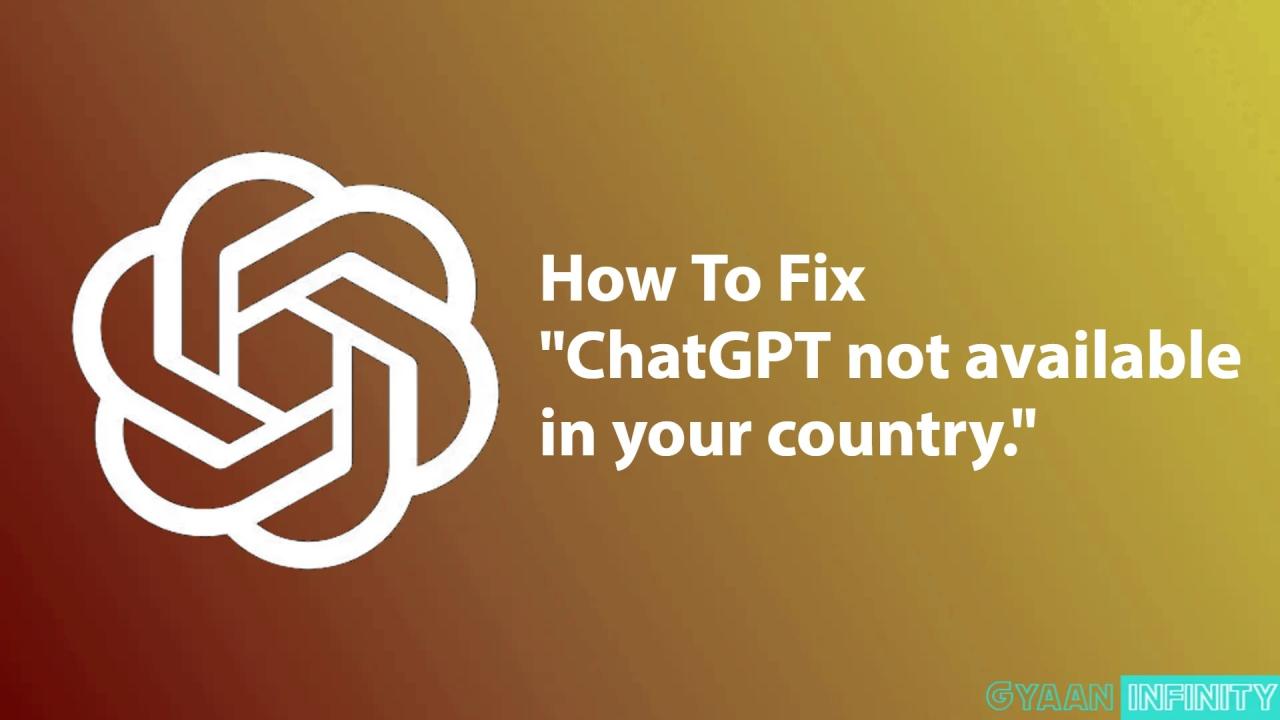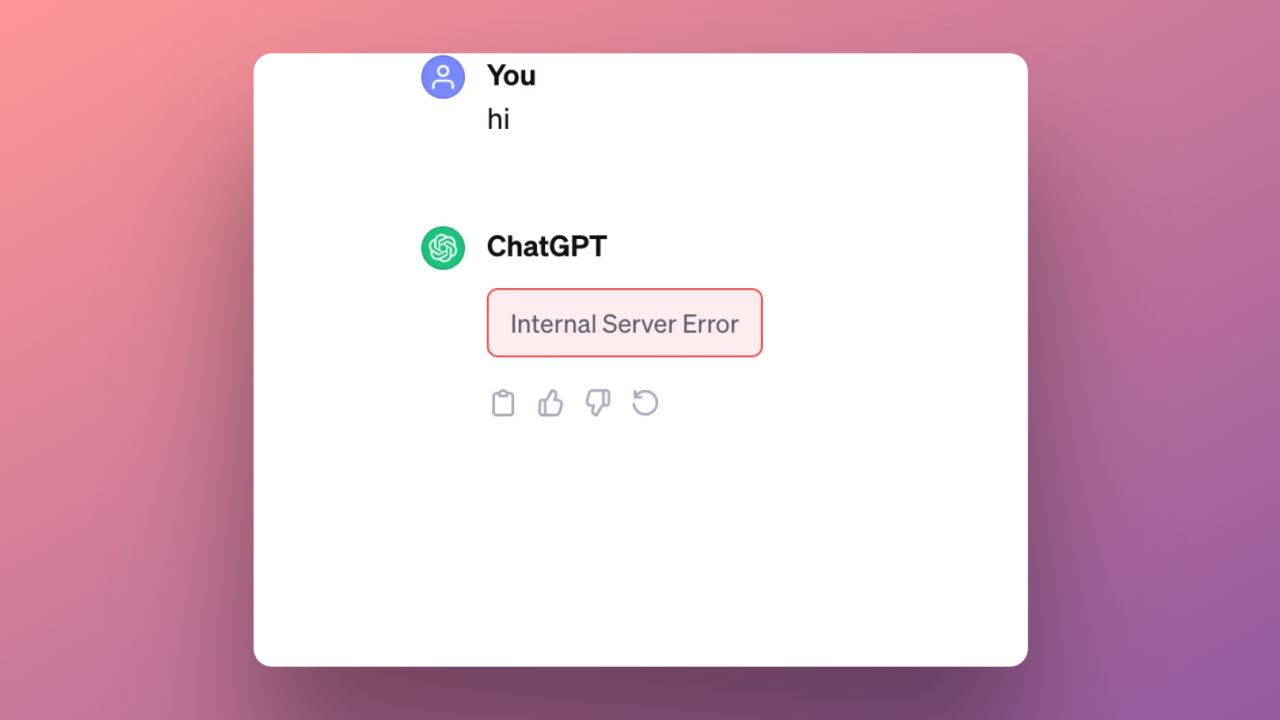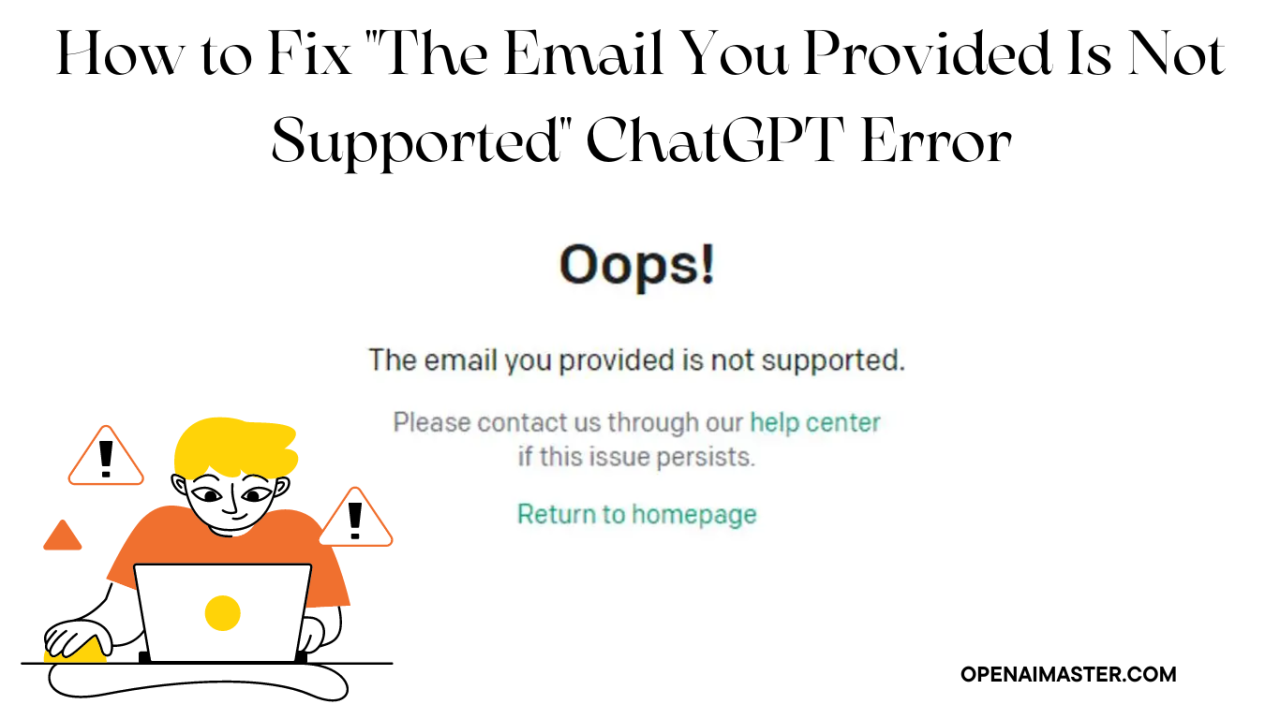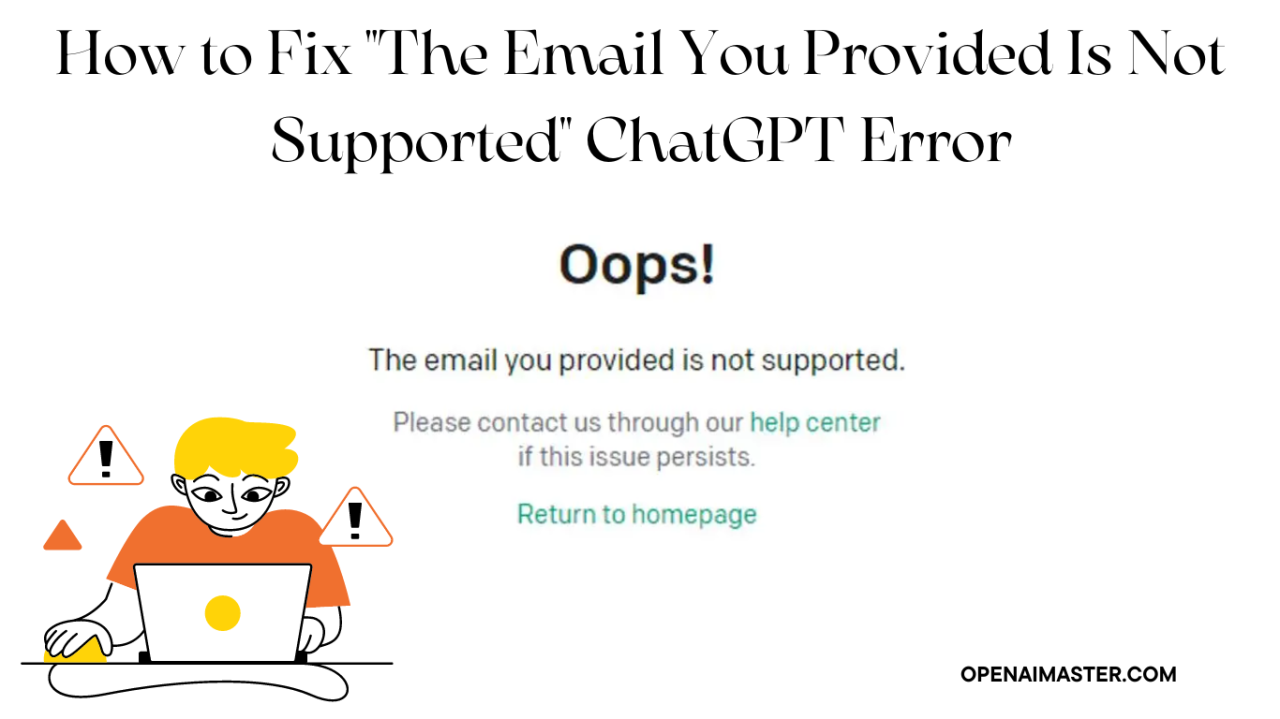Chat GPT Down: Ever wondered what happens when a popular AI service goes offline? It’s more than just an inconvenience; it impacts users, businesses, and the overall digital landscape. This guide explores the reasons behind service disruptions, their consequences, and strategies for mitigation and recovery.
From the user’s perspective, downtime means lost productivity and potential financial setbacks. For businesses, it can translate to significant revenue loss and damaged reputation. Understanding the causes—ranging from technical glitches and server maintenance to unexpected traffic surges and security breaches—is crucial to developing effective prevention and communication strategies. We’ll delve into best practices for keeping users informed during outages, explore alternative solutions, and examine methods for minimizing future disruptions.
User Impact of Service Interruptions: Chat Gpt Down
Service disruptions can significantly impact users, leading to decreased productivity, financial losses, and damage to brand reputation. Understanding these effects is crucial for businesses to develop effective mitigation strategies.
Effects on User Productivity
Downtime directly translates to lost productivity. Users are unable to complete tasks, meet deadlines, and collaborate effectively, resulting in wasted time and potential project delays. The severity of this impact depends on the length of the outage and the user’s reliance on the service.
Financial Consequences for Businesses
For businesses, downtime can be incredibly costly. Lost revenue due to interrupted operations, decreased sales, and the expenses associated with resolving the issue and compensating affected customers can quickly add up. The longer the outage, the greater the potential financial impact.
Bummer, Chat GPT’s down again! While you wait for it to come back online, why not check out some interesting investment options? For example, you could look into the future of logistics by researching drone delivery Canada stock , which could be a hot market. Then, once Chat GPT is back up, you can analyze your findings further!
Examples of User Frustration and Negative Experiences
Users often express their frustration through negative online reviews, social media posts, and direct contact with customer support. Examples include missed deadlines, inability to process transactions, loss of work, and the overall inconvenience caused by the interruption. This negative sentiment can quickly spread, damaging a company’s image.
Impact on User Trust and Brand Reputation
Repeated or prolonged service outages erode user trust and negatively impact a company’s brand reputation. Users may switch to competitors if they perceive a lack of reliability and responsiveness from the service provider. Maintaining a strong reputation requires proactive measures to prevent outages and effectively manage them when they occur.
Downtime Severity Based on Duration and User Impact
| Duration | User Impact | Severity | Example |
|---|---|---|---|
| Less than 1 hour | Minimal disruption | Low | Brief website glitch |
| 1-4 hours | Moderate disruption, some lost productivity | Medium | Email service outage during peak business hours |
| 4-24 hours | Significant disruption, substantial lost productivity | High | Major application outage affecting key business functions |
| Over 24 hours | Critical disruption, significant financial losses | Critical | Extended network outage affecting all services |
Causes of Service Disruptions
Understanding the root causes of service disruptions is essential for implementing effective preventative measures. These causes range from technical issues to external factors.
Common Technical Reasons for Outages

Technical issues such as server failures, software bugs, network connectivity problems, and database errors are frequent causes of service interruptions. These issues can stem from poor infrastructure, inadequate testing, or unforeseen circumstances.
Role of Server Maintenance in Planned Downtime, Chat gpt down

Planned downtime is often necessary for server maintenance, software updates, and infrastructure upgrades. While essential, it’s crucial to minimize the impact on users by scheduling maintenance during off-peak hours and providing adequate notification.
Impact of Unexpected Surges in User Traffic
Unexpected spikes in user traffic can overwhelm a system’s capacity, leading to slowdowns or complete outages. This is often seen during major events, product launches, or viral trends. Scalability and load balancing are crucial for handling such surges.
Consequences of Security Breaches or Cyberattacks
Security breaches and cyberattacks can result in significant service disruptions. These incidents can compromise data, disrupt operations, and damage a company’s reputation. Robust security measures are essential to mitigate these risks.
Examples of Past Outages and Their Root Causes
Numerous high-profile outages have highlighted the importance of robust infrastructure and disaster recovery planning. For example, the 2021 Facebook outage, lasting several hours, was attributed to a faulty configuration change. Analyzing past incidents can help identify recurring patterns and prevent future occurrences.
Communication During Outages
Effective communication during service disruptions is crucial for maintaining user trust and minimizing negative impact. A well-defined communication strategy is essential.
Communication Strategy for Informing Users
A clear and concise communication plan should Artikel the methods, timing, and content of communications to users during an outage. This includes promptly acknowledging the issue, providing estimated restoration times (if possible), and offering alternative solutions.
Best Practices for Transparent Communication
Transparency is key. Users appreciate honest and regular updates, even if the information is limited. Avoid misleading statements or downplaying the severity of the issue. Open communication builds trust and reduces frustration.
Importance of Providing Regular Updates
Regular updates keep users informed about the progress of service restoration. These updates should be consistent and delivered through multiple channels to ensure widespread reach. The frequency of updates should be determined by the severity and duration of the outage.
Methods of Communication to Employ
Employ multiple communication channels, such as email, SMS, social media (Twitter, Facebook), in-app notifications, and website updates. This ensures that users receive updates regardless of their preferred communication method. Consider using a centralized communication platform to manage and track updates effectively.
Sample Press Release Announcing a Service Interruption
A sample press release would include a headline stating the service disruption, a brief explanation of the cause (if known), the estimated duration of the outage, steps users can take, and contact information for support. It should be written in a clear, concise, and professional tone, demonstrating empathy for affected users.
Mitigation and Prevention Strategies
Proactive measures are crucial for preventing future service disruptions and minimizing their impact. A multi-faceted approach is recommended.
Bummer, Chat GPT’s down again! If you need some tech support while you wait, try calling your provider; for Telus users, the telus loyalty phone number might be helpful for troubleshooting. Hopefully, Chat GPT will be back online soon, but in the meantime, there are other ways to get help with your tech issues.
Strategies for Preventing Future Service Disruptions
This includes investing in robust infrastructure, implementing comprehensive monitoring systems, conducting regular security audits, and developing thorough disaster recovery plans. Regular testing and simulations of disaster scenarios are also essential.
Importance of Regular System Backups and Disaster Recovery Planning
Regular backups ensure that data can be restored quickly in the event of a failure. A well-defined disaster recovery plan Artikels the steps to be taken to restore service as quickly as possible, minimizing downtime and data loss.
Role of Load Balancing and Redundancy
Load balancing distributes traffic across multiple servers, preventing any single server from becoming overloaded. Redundancy ensures that if one system fails, another can take over seamlessly, maintaining service availability.
Examples of Monitoring Tools and Techniques

Various monitoring tools can detect potential problems before they escalate into outages. These tools can track server performance, network traffic, and application health, providing early warnings of potential issues. Examples include Nagios, Zabbix, and Prometheus.
List of Preventative Measures in Order of Priority
- Regular system backups and disaster recovery planning
- Implementation of robust monitoring systems
- Load balancing and redundancy in infrastructure
- Regular security audits and penetration testing
- Thorough software testing before deployment
- Employee training on security best practices
Alternative Solutions and Workarounds
During downtime, providing users with alternative solutions and workarounds is crucial for maintaining productivity and minimizing disruption.
Alternative Methods Users Can Employ
Users might utilize offline tools, cached data, or alternative services to continue working during an outage. This depends on the nature of the service and the user’s specific needs. Providing clear instructions on how to access offline resources or use alternative methods is vital.
Examples of Similar Services
If the service is unavailable, users might use similar services as temporary replacements. For example, if a specific email service is down, users could temporarily switch to a different provider (Gmail, Outlook) to send and receive emails.
Strategies for Minimizing Work Disruption
Strategies include prioritizing tasks, focusing on offline work, and utilizing available alternative solutions. Clear communication about the outage and available alternatives can help users manage their workflow effectively.
Methods for Accessing Offline Data or Cached Information
Many applications and browsers allow users to access offline data or cached information. Providing instructions on how to access this data can help users maintain productivity during an outage.
Step-by-Step Guide for Using an Alternative Solution
- Identify an alternative service or tool.
- Create an account (if necessary).
- Import or transfer relevant data (if applicable).
- Familiarize yourself with the interface and functionality.
- Begin using the alternative solution to complete your tasks.
Visual Representation of Downtime
Graph Illustrating Frequency and Duration of Past Outages

A bar graph could illustrate the frequency and duration of past outages over a specified period (e.g., the last year). The x-axis would represent the date of the outage, the y-axis would represent the duration in hours, and the height of each bar would correspond to the duration. Data could be sourced from internal monitoring logs. Insights derived might reveal patterns in outage frequency (e.g., more frequent outages during specific times of the year) or identify recurring causes.
ChatGPT’s down, which is a bummer, especially if you were relying on it for something important. This reminds me of the time I read about a serious incident, a drone crash , that highlighted the importance of reliable technology. The lack of a functioning AI is inconvenient, but a malfunctioning drone can have much more serious consequences.
So, let’s hope ChatGPT is back online soon!
Flowchart Detailing the Process of Handling a Service Interruption
A flowchart would visually represent the steps involved in handling a service interruption, from detection to resolution. The flowchart could start with the detection of the outage (via monitoring tools), followed by steps such as initial assessment, communication to users, investigation of the root cause, implementation of a fix, testing, and service restoration. Each step would be clearly labeled and potentially include decision points (e.g., “Is the issue resolved?”).
This flowchart would serve as a visual guide for incident response teams.
Ultimate Conclusion
Dealing with service interruptions is a reality in the digital world. By understanding the causes, impacts, and mitigation strategies, we can better prepare for and respond to future outages. Open communication, proactive planning, and robust infrastructure are key to minimizing disruption and maintaining user trust. Remember, preparedness is the best defense against the frustration and financial consequences of downtime.
Top FAQs
What should I do if the service is down?
Check the official service status page for updates. Look for alternative solutions or similar services. If it’s a business-critical service, activate your backup plan.
How long do outages typically last?
It varies greatly depending on the cause. Minor issues might be resolved quickly, while major incidents could take hours or even days.
Will I lose my data during an outage?
Ideally, no, if the service provider has proper backups. However, it’s always a good idea to save your work regularly.
Who is responsible for fixing outages?
The service provider’s technical team is responsible for identifying the cause and implementing a fix.
